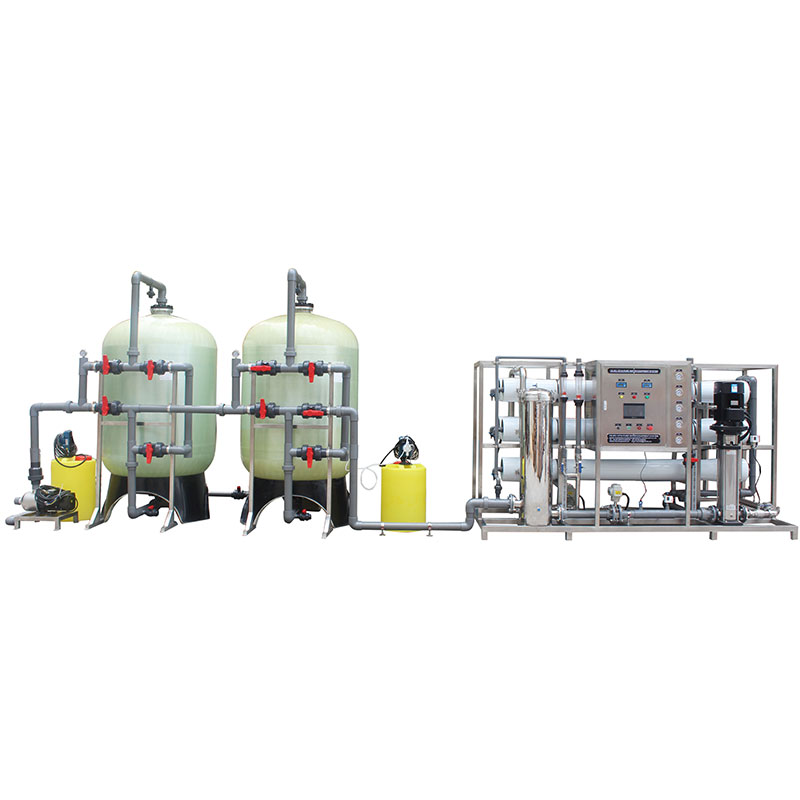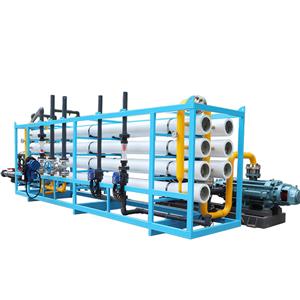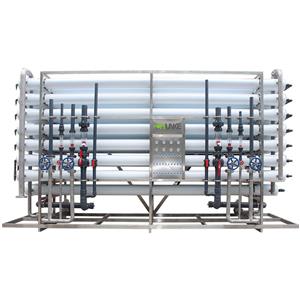What type of filter is best for tap water?

As people pay more and more attention to health and drinking water quality, tap water filters have gradually become a must-have device for many families. However, there are many types of water filters available on the market, including activated carbon filters, reverse osmosis systems, UV water purifiers, ceramic filters, etc., and consumers are often confused about their choices.
What type of filter is best for treating tap water? This article will start from the common problems of tap water and deeply analyze the advantages and disadvantages of different types of filters to help readers make wise choices.
What are the common contamination problems of tap water?
Before discussing the most suitable type of filter, we first need to understand the common contamination problems in tap water. Although tap water has been treated by municipal water treatment plants, it may still contain some harmful substances due to aging pipes, secondary pollution, etc.:
1. Residual chlorine: Chlorine is usually added to municipal water treatment to disinfect pathogens in water. However, residual chlorine may cause the water to have an odor and form harmful disinfection by-products.
2. Heavy metals: such as lead and copper, mainly from aging pipes and faucets.
3. Organic pollutants: including pesticides and organic compounds in industrial wastewater, which may penetrate into tap water through water sources.
4. Suspended matter and sediment: including mud, rust, etc. These particles not only affect water quality, but may also damage household appliances.
5. Microorganisms: such as bacteria, viruses, etc. Although disinfection has been done in municipal water treatment, microorganisms may still remain under secondary pollution.

What are the working principles and functions of different types of filters?
Different types of filters use different technologies to solve the above-mentioned pollution problems in tap water. The following are several common types of water filters and their working principles and functional analysis:
Activated carbon filter
Activated carbon has a huge specific surface area and rich pore structure, which can remove organic pollutants, residual chlorine and some heavy metals in water through adsorption. Activated carbon filters are usually composed of compressed carbon blocks or granular activated carbon. Activated carbon filter
Suitable for treating tap water with good water quality, mainly used to improve taste and remove odor.
Advantages of activated carbon filter:
● Effectively remove odor and color, and improve the taste of water quality.
● Able to adsorb volatile organic compounds (VOCs), chlorides and some heavy metals.
● Simple maintenance and low cost.
Activated carbon filter Disadvantages:
● Limited removal effect on dissolved minerals, heavy metals and microorganisms in water.
● The filtration effect is affected by time and usage, and the filter element needs to be replaced regularly.
Reverse Osmosis (RO) System
The reverse osmosis system uses the selective permeability of the semipermeable membrane to trap impurities in the water on one side of the membrane under high pressure, allowing only water molecules to pass through. The pore size of the reverse osmosis membrane is very small, which can effectively remove most of the dissolved solids, heavy metals, microorganisms, etc. in the water. The reverse osmosis system is suitable for treating tap water with poor water quality, especially in areas with high dissolved solids or heavy metal pollution.
Advantages of the reverse osmosis system:
● Efficient removal of almost all pollutants, including heavy metals, fluorides, microorganisms, viruses and pesticide residues.
● The water produced is of high purity, suitable for households with extremely high water quality requirements.
Disadvantages of reverse osmosis system:
● Low water production rate, large amount of wastewater, and relatively low water resource utilization efficiency.
● Requires a certain water pressure to operate normally, and the initial installation cost is high.
● May require power support and has high maintenance costs.
Ultraviolet water purifier
Ultraviolet water purifiers kill bacteria, viruses and other microorganisms in water by emitting ultraviolet light. Ultraviolet rays can destroy the DNA structure of microorganisms and prevent them from multiplying and spreading. Ultraviolet water purifiers are suitable for areas with high risk of microbial contamination and are usually used as a supplement to other filtration systems.
Advantages of ultraviolet water purifier:
● Can effectively eliminate pathogenic microorganisms in water.
● No need to add chemical agents, and does not change the taste and chemical properties of water.
● Simple operation and low maintenance cost.
Disadvantages of ultraviolet water purifier:
● No treatment effect on suspended matter and soluble chemical pollutants.
● Ultraviolet lamps need to be replaced regularly, and the water quality must be kept clear to avoid affecting the penetration of ultraviolet rays.
Ceramic filter
Ceramic filters use their porous structure to intercept suspended matter, bacteria and some microorganisms in water. Ceramic filter elements have tiny pores and can physically filter out larger pollutants. Ceramic filters are suitable for areas with relatively good water quality, mainly used to remove suspended matter and some microorganisms.
Advantages of ceramic filters:
● Can effectively remove suspended matter and some microorganisms in water.
● Can be cleaned and used repeatedly, with a long service life.
Disadvantages of ceramic filters:
● Almost no treatment capacity for chemical pollutants and heavy metals in water.
● Slow filtration speed, suitable for small-scale family use.
Multi-stage filtration system
The multi-stage filtration system combines a variety of filtration technologies, such as activated carbon, reverse osmosis, ultraviolet rays, etc., to provide a comprehensive water treatment solution. Water passes through different filter media to remove various pollutants in turn. The multi-stage filtration system is suitable for families or small commercial places with extremely high water quality requirements, providing a full range of water quality guarantees.
Advantages of multi-stage filtration system:
● Combining a variety of filtration technologies, it can fully purify tap water.
● The filter media can be flexibly configured according to specific water quality problems to achieve the best treatment effect.
Disadvantages of multi-stage filtration system:
● High cost, complex installation and maintenance.
● Requires more space and a certain amount of water pressure support.

How to choose a suitable tap water filter?
According to the specific pollution problems of tap water and family needs, choosing a suitable water filter is the key to ensuring safe and healthy drinking water. Before choosing a filter, it is best to conduct a water quality test to understand the main types of pollutants in tap water. The water quality in different regions varies greatly, and targeted water quality testing helps to choose the right filtering equipment.
Different families have different requirements for water quality. For example, families with infants or elderly people may have higher requirements for water quality, while families with large daily drinking water needs to consider the filter's processing capacity and water output. In addition, the prices and maintenance costs of different types of filters vary greatly. When choosing, the initial investment and long-term use costs should be considered comprehensively to find the most cost-effective solution.
In addition, some filters require a larger installation space or specific water pressure conditions, and when choosing, it is necessary to ensure that the family has the corresponding conditions. Finally, the filter element is the core component of the filter, and the service life and replacement frequency of different types of filter elements are different. Regular replacement of the filter element is the key to ensuring the filtering effect, so it is necessary to understand the replacement cycle and cost of each filter element.

Comprehensive analysis: the most suitable tap water filter
Taking into account the common pollution problems in tap water and the characteristics of different filters, the following are some recommended solutions suitable for different household needs:
1. Basic needs: For areas with relatively good water quality, mainly concerned about taste and odor, you can choose activated carbon filters. This type of filter is low-cost, simple to maintain, and can effectively improve the taste of water.
2. Comprehensive purification needs: For areas with complex water quality, such as high heavy metal content or more organic pollutants, reverse osmosis systems are the best choice. Its high-efficiency filtration capacity can ensure water quality safety, but you need to pay attention to its wastewater ratio and maintenance costs.
3. High microbial risk: In areas with microbial contamination risks, you can consider using ultraviolet water purifiers or combining them with other filters. Ultraviolet water purifiers can effectively kill pathogens in water and ensure drinking water safety.
4. Economical choice: If you have a limited budget and want multiple purification effects, you can choose ceramic filters or combined multi-stage filtration systems. These filters are usually moderately priced and can meet daily drinking water needs.




